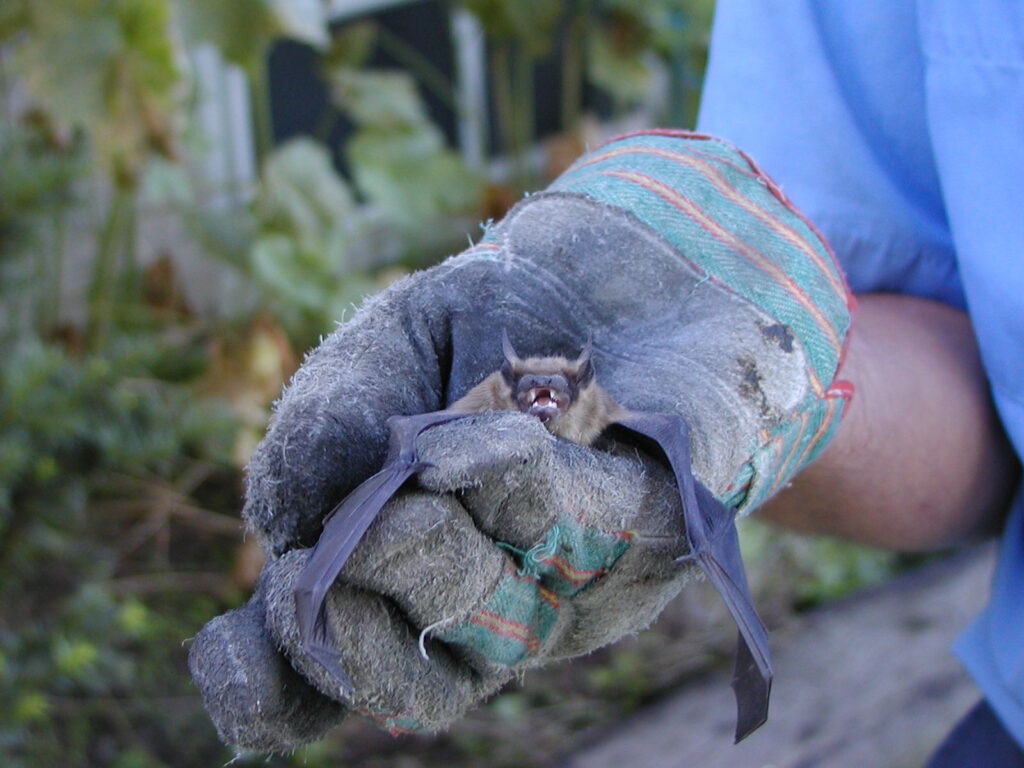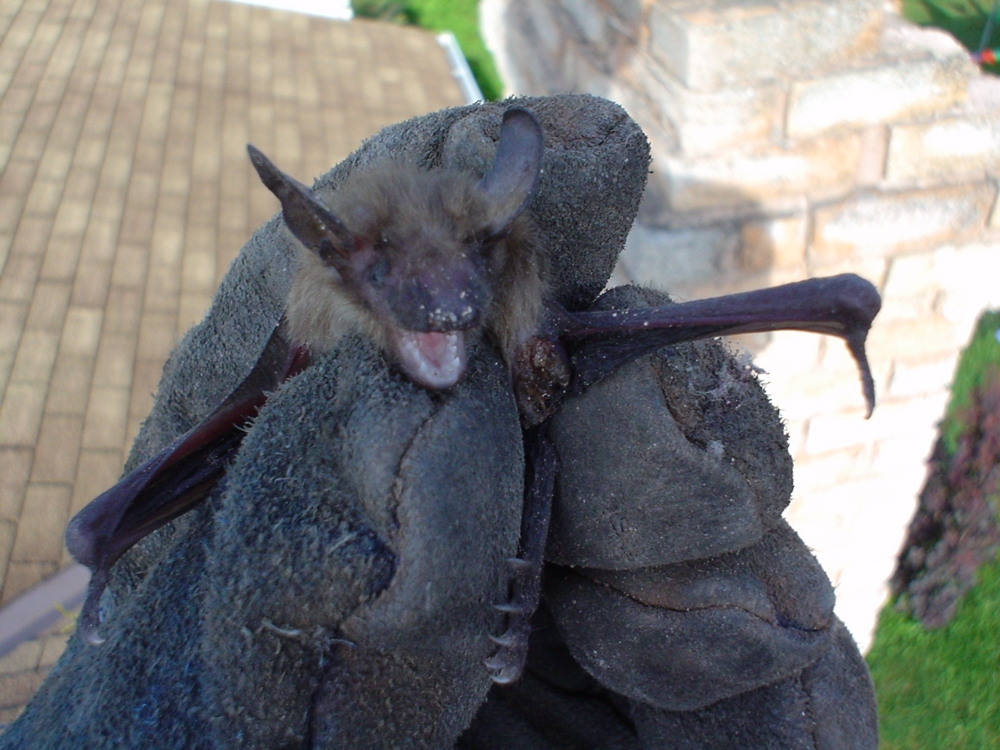Bats are incredible: They’re mammals that can fly. No other mammal can lay claim to that skill. Humans have bats to thank for keeping mosquito populations in check, pollinating several fruits, and reducing insect populations that feast on crops. Bats are key species in many of our ecosystems, and their survival is critical.
If you see a baby bat in Waukesha, contact the professionals at Skedaddle. Harming or killing bats is illegal, and removing them takes special care and skill, especially if babies are involved. Skedaddle takes steps to ensure mothers and pups remain safe so that the mothers can continue to care for their little ones, giving them the best chance for survival.
Preparing for Pup Arrival
Bat mating season occurs in the late summer to early fall. However, the female bats don’t get pregnant right away. Instead, they hold onto the sperm until later, storing it during the winter hibernation months. Bats may find their way into your attic to hibernate. It offers them great protection from the elements and safety from predators while they are fast asleep and defenceless.
In the spring, they emerge from slumber and begin looking for food. At this time, the females release the sperm and become pregnant. Expectant mothers seek out a roost separated from the non-reproducing females and the males. These are called maternity roosts, and little brown bats and big brown bats commonly form their maternity roosts in buildings.

Caring for Their Pups
The pups arrive after a few weeks. Generally, bats give birth to a single baby, though twins are not entirely unheard of. Bat mamas are excellent mothers. With only one or two little ones to care for, they can give their pups what they need to survive. When the pups are first born, they’re tiny and defenceless. The pups stay in a tail pouch or latch onto their mothers. In the early stages of growth, the pups may remain attached to their mothers when they go out to feed. As pups get too large to carry, they’re left to hang upside down in the roost during feeding times.
As with all mammals, mother bats nurse their young. When a female bat is lactating, it needs a lot of food to provide nourishment for herself and her young. A baby bat in Waukesha may need to feed every four to six hours. A lactating little brown bat eats as much as 110% of her body weight every night. That’s a lot of insects! The mothers provide their pups with all their calories for the first six weeks of life. At three weeks old, the babies begin learning how to operate their wings, so that by the time they’re six weeks old, they’re flying with the adults to catch their dinner.
Getting Rid of Bats
If you’re wanting to know how to get rid of bats, it isn’t easy, especially when babies are involved. Bats are protected in Canada, meaning they need to be removed in a way that does not harm them. There is a small window of time when bat removal is possible, as these important creatures are vulnerable during their winter hibernation, during pregnancy, and while little ones are present.
Though bats aren’t aggressive, they will defend themselves if they feel threatened or scared. Bats are also rabies carriers. You don’t want to risk one biting you, as you can’t always tell when one is sick. If you discover bats in your home, contact the professionals for help.
Finding Professionals To Help With Bat Removal in Waukesha
If you live in the Waukesha area and find bats hanging out in your home, Skedaddle is here to help. Our team of professionals is experts in humane bat removal. We know how to get rid of bats in your home while keeping both the animals and your family safe. Get in touch with us today to schedule services.




